Grabenstr. 18
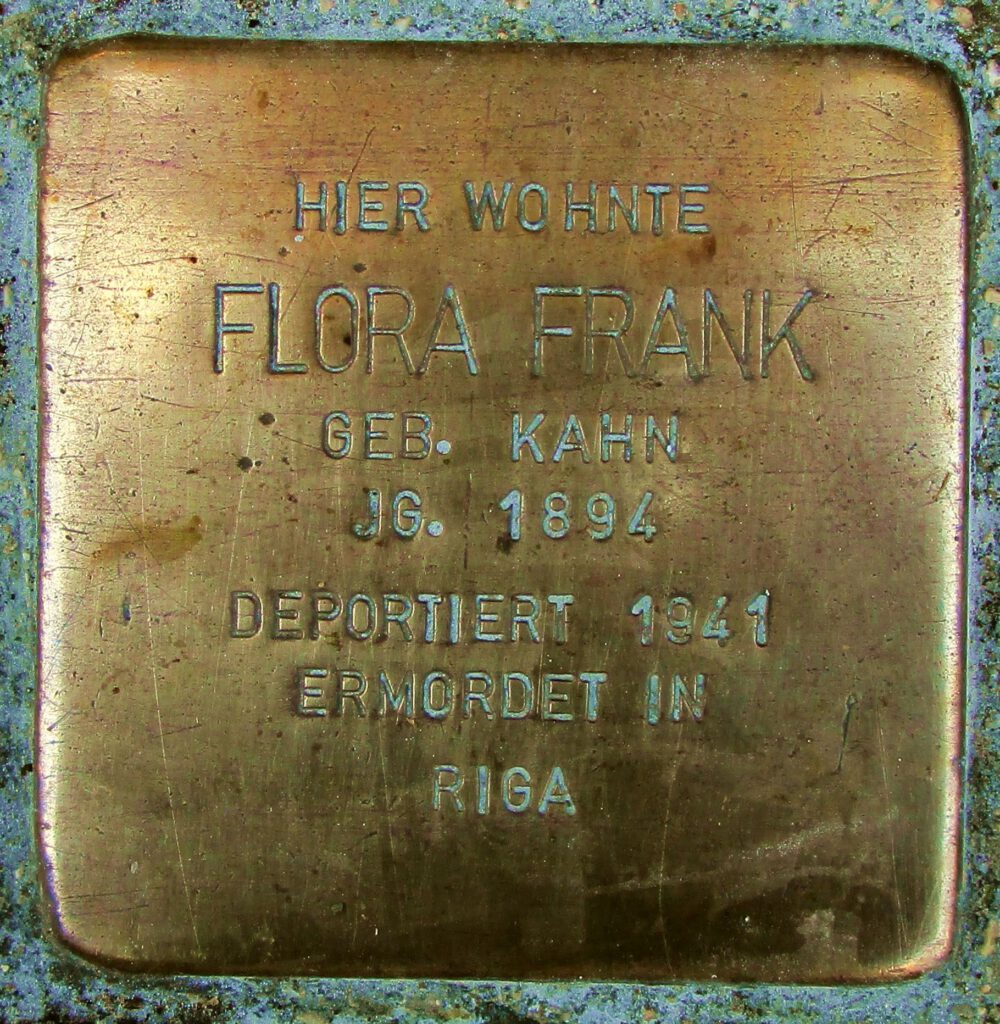
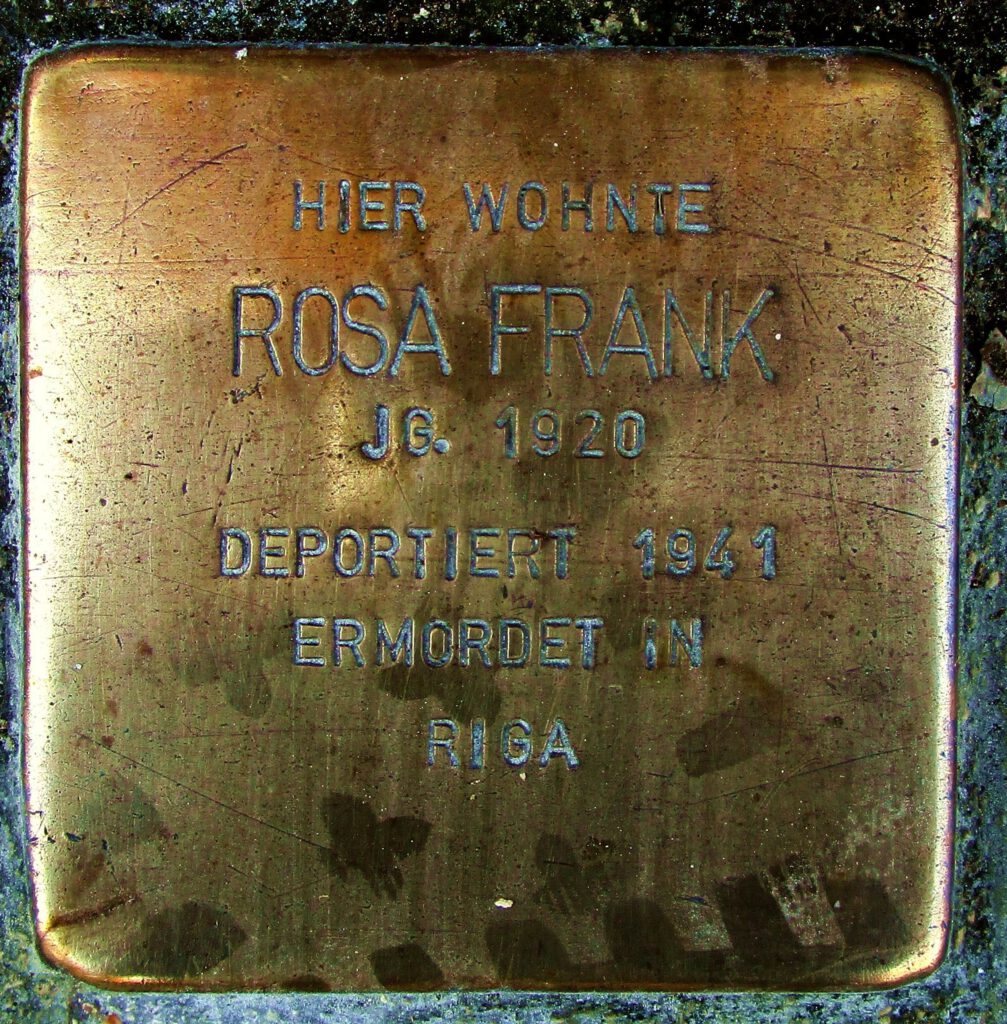
The strike of the ‘Iron Hammer’
What made a Jewish family from Palatine to move to Goeppingen during the Nazi time? Originally, the Franks lived in the small community of Rodalben near Pirmasens. Until 1933 most of the Catholic population stayed away from the Nazis, which is much different than the Protestant communities in the Palatine region, where the NSDAP had a strong following since the 1920’s. After 1933, however, that situation changed in a bad way. Did Goeppingen seem like the lesser evil?
A look back at Rodalben, where Heinrich Frank, father of Rosa and husband of Flora, was born in 1878:
The Frank family belongs to one of the many branches of the Loeb family tree, whose ‘family seat’ was the Loeb house in Landau / Palatine. By the way, a (very!) distant relative of Heinrich is Anne Frank, the author of the famous diary. Heinrich Frank and Lina Mayer got married around 1919, and the next year they welcomed their daughter Rosa (born September 27, 1920), and one year later her sister Marianne is born. The two pretty children can be seen in a photo taken during the Jewish Purim Festival. Lina Frank’s death in 1930 at the age of 34 must have been a painful loss. As a widower with two children, Heinrich Frank was looking for a wife, and married Flora Kahn (born November 8, 1894) in 1931. She came from Rhaunen near Bernkastel and was the seventh of thirteen children of Henriette and Isaac Kahn, a Jewish couple. The tiny house of the Kahn family gave an indication that they lived in modest circumstances. Four of Flora’s siblings died during childhood, a brother was killed during World War I, and five of them emigrated to the USA or Belgium.
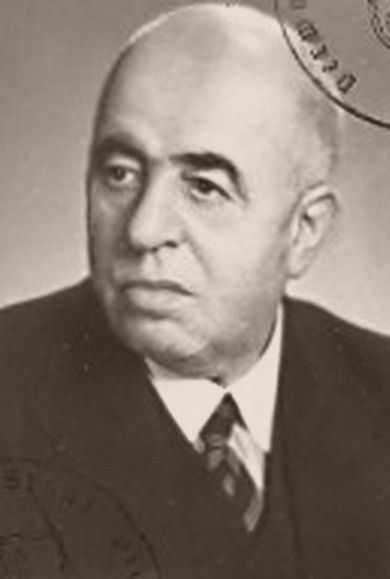
Heinrich Frank was a merchant and had a small family business which delivered frames to the shoe factories in the area. The business may not always have been financially successful because Mr. Frank had to declare bankruptcy in 1926. Most likely this business failure cannot be attributed to lack of trying. A contemporary witness remembered that Mr. Frank was “a very quiet man who worked day and night.” The bankruptcy also gave a reason for barely disguised anti-Jewish agitation against Heinrich Frank which was published in the ‘Eisenhammer’ (The Iron Hammer) a regional Nazi propaganda sheet comparable to the ‘Flammenzeichen’ (Sign of the Flame) in Wuerttemberg. The instigator was Josef Buerckel, a Rodalben teacher who became a NS-Gauleiter in Palatine in 1926 and later took part in many Nazi crimes.
Leaving their Home in Palatine
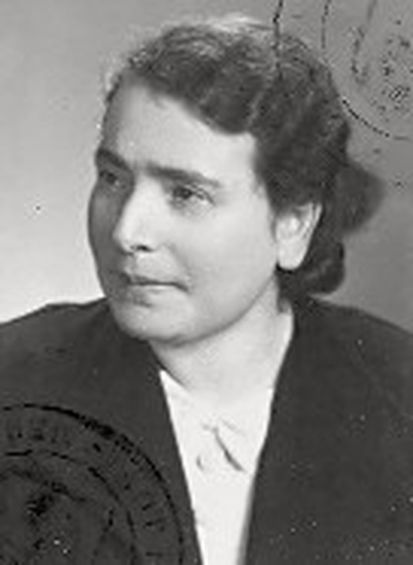
Heinrich Frank must have been a well-known man because he belonged to the board of directors of the Jewish congregation of Rodalben since 1932. His daughter Rosa was also involved, namely with the youth group of the Zionist Association of Pirmasens. This group staged a “Large Maccabee Festival” at the end of 1936, and ‘Rosel’ Frank was among the organizers.
The evil of the Nazi time catches up with the family at the latest during the pogrom night 9th/10th of November 1938, when Heinrich Frank was arrested and put to jail in Neustadt/Palatine. A deportation into a KZ in the time after is not documented, and can for sure be excluded for Dachau concentration camp.
Shortly thereafter, in December 1938, the family moved to Pirmasens, except for Marianne, who already was living in Goeppingen by that time. The reasons could not be determined with certainty, but hatred of the Jews in a small-town environment might have played a role, as well as the hope that it would be easier to disappear in the anonymity of a larger city. At the beginning of World War II, Pirmasens, which is located near the French border, is declared a “Red Zone” and cleared of its civilian population. Perhaps that was the reason for the second move of the Franks, this time to Goeppingen. The family most likely did not want to return to Rodalben; besides, the empty apartments there were being offered to the “Westwall” workers. Rosa Frank, a clerical employee, had tried in vain to move to the Netherlands.
Heinrich’s death in Goeppingen
The family members are known to have lived at several addresses in Goeppingen. Marianne, who had moved there in November 1938, at first worked as a maid for the Doerzbachers at Geislinger Straße 8. Did she replace an ‘Arian’ employee who could no longer work for a Jewish family? In May and August 1939, other family members as well as their relatives of the Katz family, arrived in Goeppingen. Besides Marianne, her parents Heinrich and Flora and her sister Rosa, Heinrich’s brother Sally Frank moved to our town too.
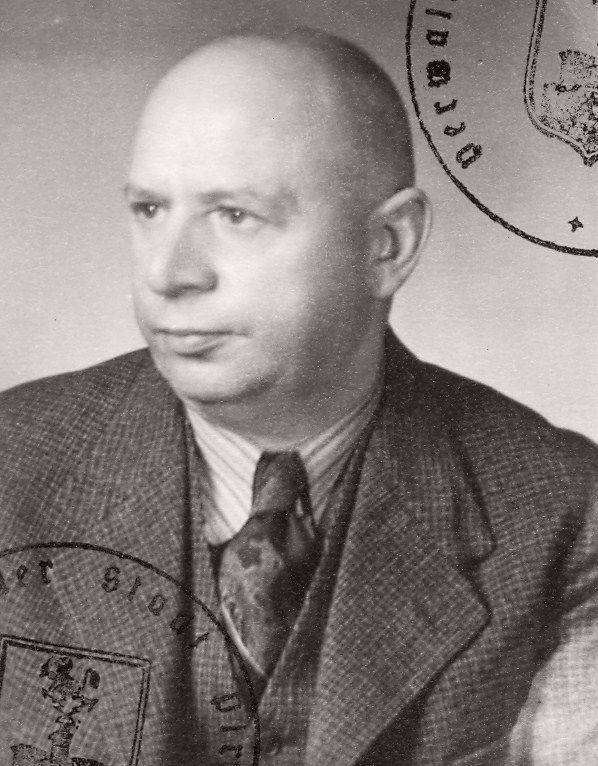
At first they found lodging at Grabenstrasse 18 with the Oppenheimer family. Sally Frank, who was the only one to survive the Nazi time, returned to Pirmasens after one year where he was married to a non-Jewish woman whose family hidden him from the Nazis. He died childless in 1958 in Pirmasens. Incidentally Marianne Frank found a life partner in Goeppingen. In November 1940 she married Max Schwab, and in March of the following year their daughter Hannacha is born. (See Stumbling Stone biography Schwab – family). Heinrich Frank was not fortunate enough to be able to enjoy being a grandfather. He died at the end of December 1940. The cause of death that is listed: cardiac and lung asthma, bronchitis, pneumonia, cardiac and circulation weakness. His tombstone at the Goeppingen cemetery is a remembrance of him.
Pushed around, Deported
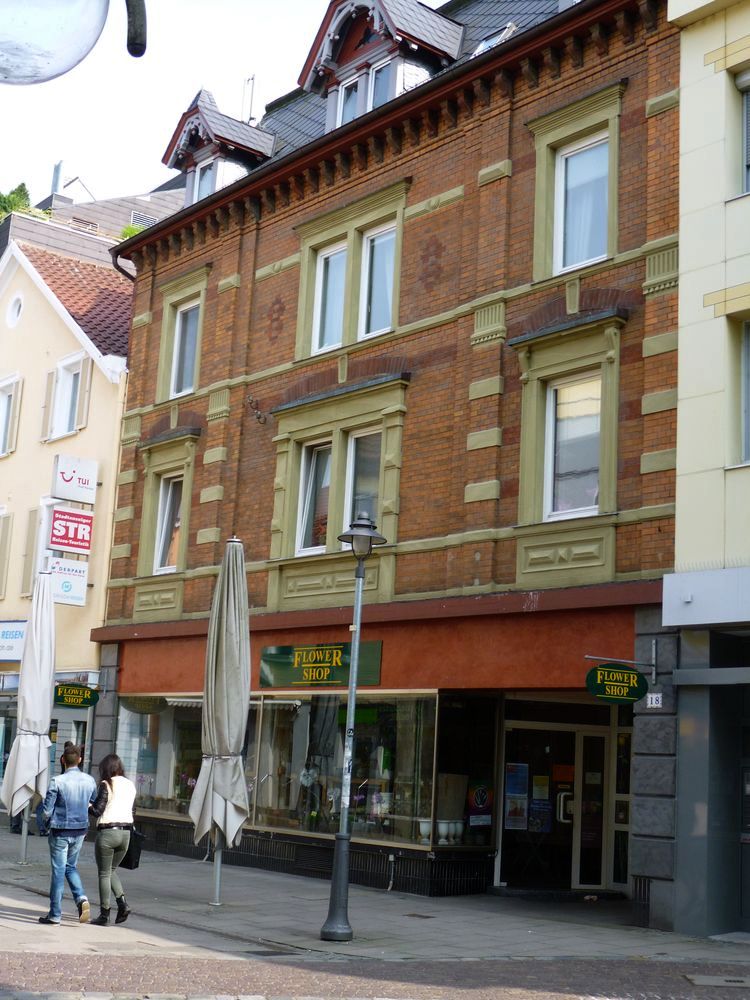
After Heinrich’s death Flora and Rosa Frank had to move once again. Wilhelm-Murr-Strasse 30 (now Moerikestrasse 30) was their last address in Goeppingen where they probably only stayed a few months. The house which had previously belonged to the Jewish Veit family, served by this time as “Judenhaus” for the town. There was a vague indication that in 1941 the Frank family still made an attempt to chance the residence. Hedwig Frankfurter wrote in a letter dated September 3rd of that year, in which she named the impoverished Jews of Goeppingen:” (…) the Frank family, who had to move back here and who was completely destitute, (…)”.
The death sentence for Flora and Rosa Frank was declared as ‘the departure registration at the Reichskommisariat Osten (German-occupied Baltic parts of the Soviet Union) Riga, November 28, 1941’. Hedwig Frankfurter, whose correspondence gave many insights into the fate of Goeppingen’s Jewish citizens, wrote on November 26, 1941, to her son Richard: “We live in a sad time. Tomorrow many of our good friends and acquaintances will be leaving us, such as the Oberdorfers, Banemanns, Julius Fleischer, our former maid Rosel & her mother, etc.” Therefore we can conclude that Rosa Frank must have worked as a maid for the Frankfurter family.
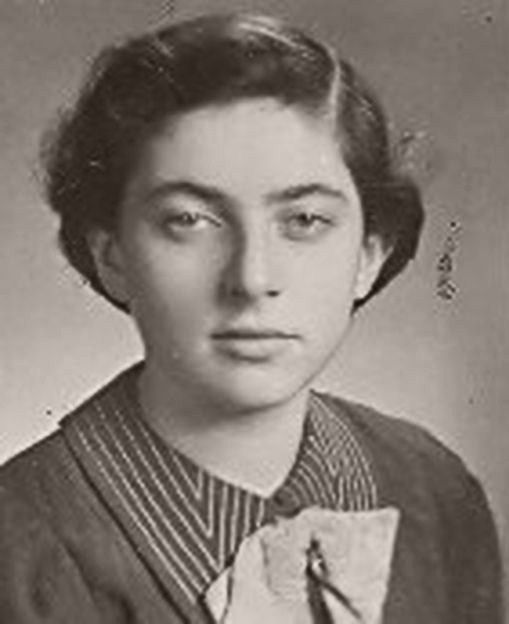
Fourteen-year-old Richard Fleischer from Goeppingen was on the same transport. He miraculously survived the tortures of the concentration camp and remembered in a letter to Peter Conrad:
“Flora and Rosa Frank were on the same train to Riga. A camp named ‘Jungfernhof’ was 10 km from Riga. Originally it was the estate of a Latvian Baron. We were taken to a building which had been used as a vehicle pool etc. for the farm. No heating. Minus 40 degrees Celsius. I saw the two women once or twice, and then they were gone. I think this was about the same time as with my dear mother.”
Murdered at Stutthof
Actually Flora and Rosa Frank survived the Jungfernhof camp which was dissolved in fall 1943. Gertrud Schneider, a fellow inmate, writes in her book ‘Trip to Riga’: “The people who had turned a dilapidated camp into an exemplary farm were sent with the exception of 50 craftsmen either first to the Ghetto (Riga – kmr) or directly to the Kaiserwald concentration camp.”
Flora and Rosa had the strength and good luck to survive this concentration camp as well. Before the Red Army arrived, the prisoners were taken by boat across the Baltic Sea to Camp Stutthof near Danzig. One of the fellow prisoners reports about the crossing: “The trip in the boat was like a nightmare. Jammed together, seasick, almost crazy with thirst, we spent the long, windy and rainy night. We came to the small town of Stutthof. How the trip across the Baltic and the night in the boat had changed us! How terribly we stank! How dirty we looked! How impossible, compared to the clean citizens of the town! And how they looked at us with contempt and disgust! At the camp we were welcomed with terrible beatings and threated that we would be sent to the gas chamber.”
The Nazi camp administration records show for October 1, 1944 that Flora and Rosa Frank arrived at the camp. That was the last sign of life of the two women.
Other family members were also murdered: Flora Frank’s sister Regina Schlamm with her husband Willi, as well as her sister Erna Levy, her husband Karl and her sons Leopold and Guenther (not quite sure about the names).
Also murdered were Heinrich Frank’s sister Frida Koch and Johannette Katz, for Johannette a Stumbling Stone had been laid in Goeppingen. A Stumbling Stone had also been laid in Goeppingen for the young Schwab family.
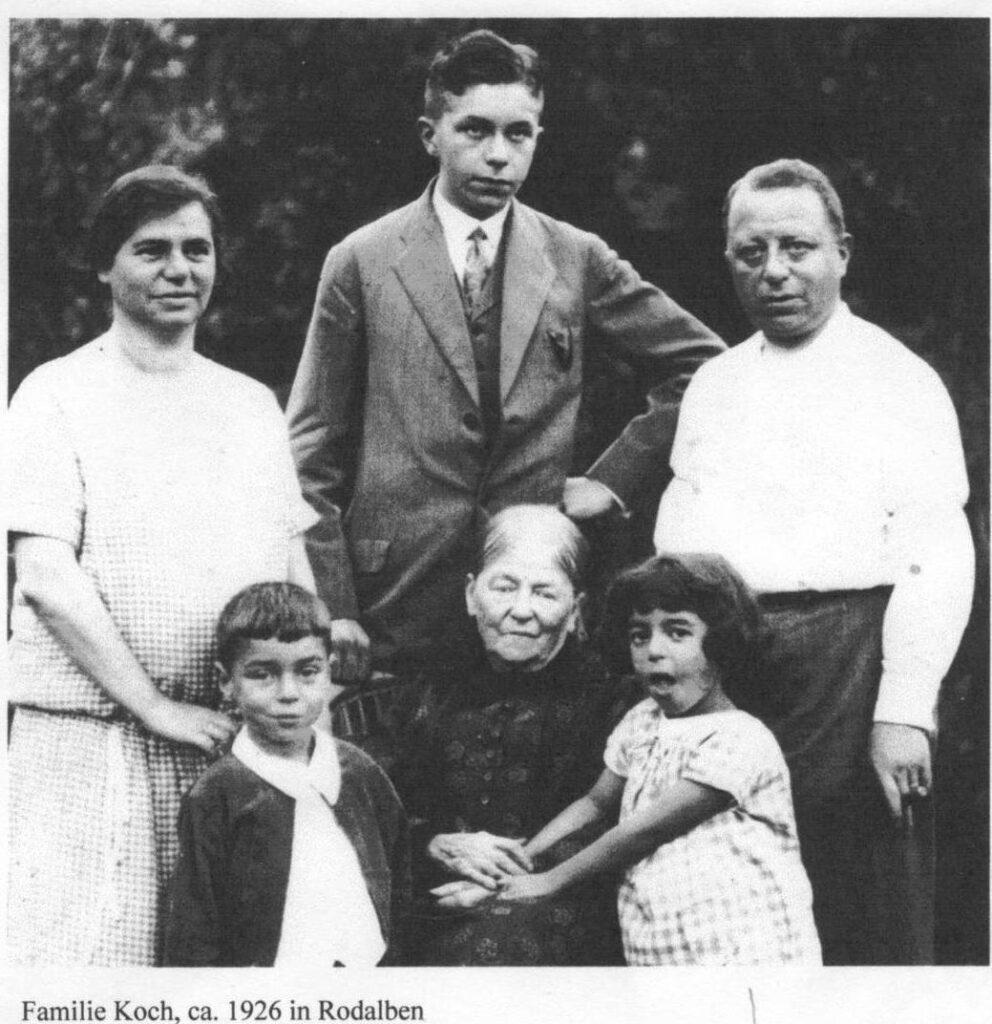
The only surviving descendants of Heinrich Frank’s more distant family circle are the sons of his niece Rosel Koch. Nieces and nephews of Flora live in the USA and in Belgium.
Except for Richard Fleischer the Frank family has been completely forgotten in Goeppingen, even though they lived there for two years. It was easy to isolate and discriminate against a Jewish family when the family did not have non-Jewish acquaintances or friends from an earlier time (like it was with the Franks). The Jewish owners and lenders of the buildings in Goeppingen like the Oppenheimer family were themselves murdered. With them the remembrance of their renters had also disappeared.
The portrait photos show Flora, Rosa, Heinrich and Sally Frank in February 1939. These are duplicates of photos which were used for obtaining identification papers in Pirmasens. These photos, as well as the major portion of the information about the Frank family’s fate, had been researched and collected for years by Peter Conrad. Mr. Conrad himself comes from Rodalben and is doing research about the suppressed Jewish history in his home town.
We would like to thank regional researcher Hilde Weirich for important information and photos about the family of Flora Frank. We also thank the town archive of Pirmasens for the permission to publish the passport-photos.
In May 2010, Gunter Demnig placed two Stumbling Stones in front of the house at Grabenstrasse 18 in memory of Flora and Rosa Frank.
(30th of December 2016 kmr/ir)















Leave a Reply